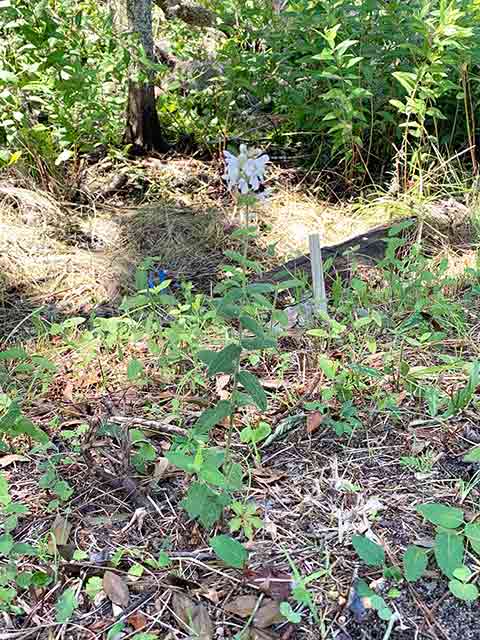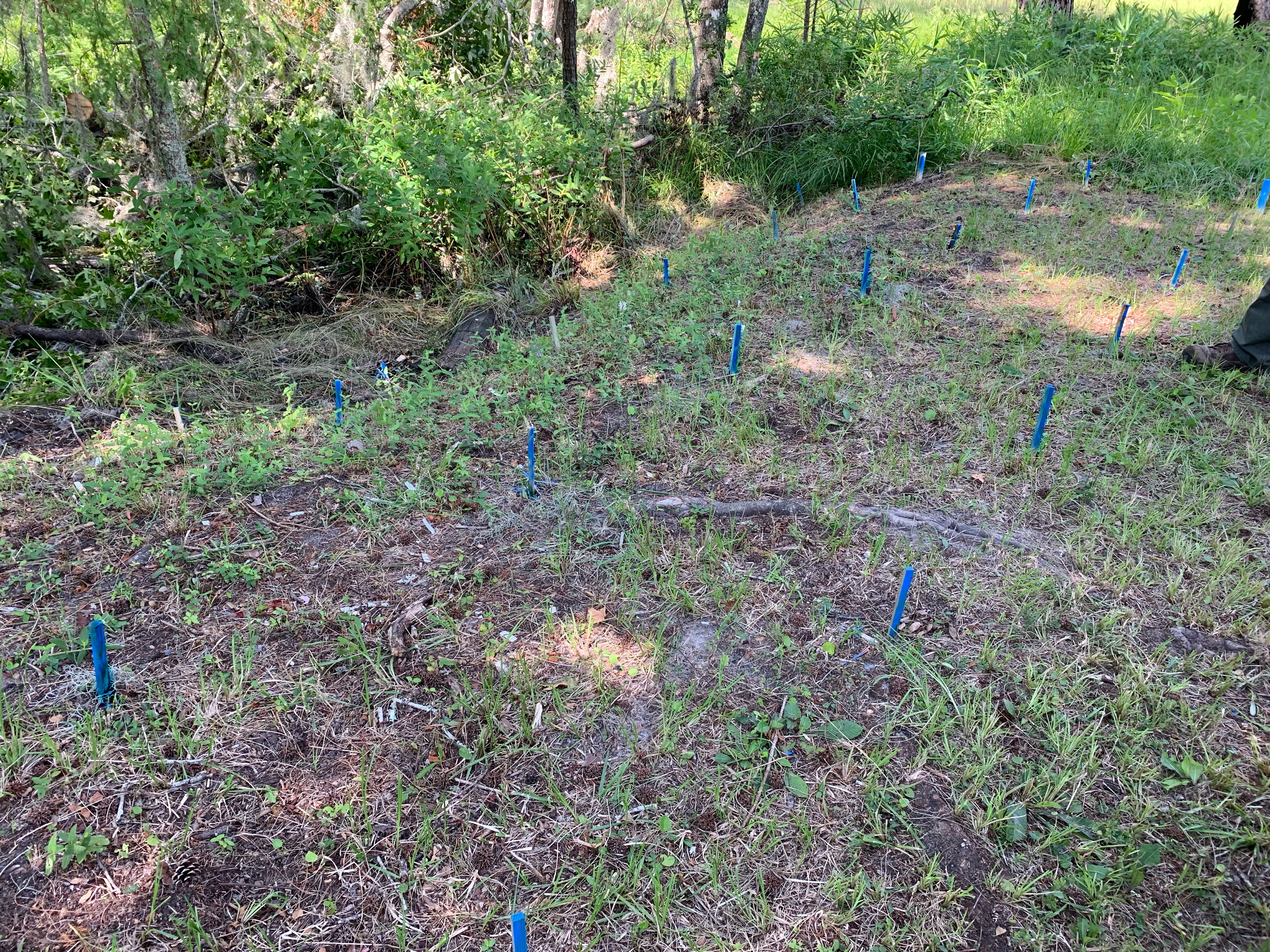Brookgreen's Visit to Tom Yawkey Wildlife Center
About 30 miles down the Waccamaw River is the Tom Yawkey Wildlife Center. It is composed of three small islands and several varying ecosystems from forests and fields to marshes, wetlands, and beaches. It is recognized as one of the nations most impressive waterfowl refuges and it serves as an area for wildlife to be protected as well as researched. Tom Yawkey, who the site is named after, was the owner of the Boston Red Sox between 1933 and 1976. He inherited land on the South Carolina coast from his uncle, and upon his death placed 24,000 acres in a conservation easement with the South Carolina Department of Natural Resources managing it as a wildlife, research, and conservation center.

There are hundreds of bird, mammal, and aquatic species that call the Tom Yawkey Wildlife Center home, but one rare plant species attracted the attention of South Carolina Department of Natural Resources (SCDNR) personnel and also the greenhouse staff at Brookgreen : Stachys caroliniana, also known as Carolina hedge-nettle.

This species of hedge-nettle was discovered by Douglas Raynor in a small patch near the Santee River in the 1977, and fully recognized as a new species of Stachys in 2014. That specific population has since been lost, but John Nelson, a botanist and professor at the University of South Carolina, stumbled upon it again while doing work at the Tom Yawkey Wildlife Center. As of right now, there are only two known populations of the Carolina hedge-nettle and they happen to lie on either side of the Santee River that separates Georgetown and Charleston counties.

Since then, there has not been extensive research on the plant and no new populations have been discovered or established. So, a few weeks ago, the greenhouse staff here at Brookgreen and I ventured out of the gardens and over to Tom Yawkey Wildlife Center to collect cuttings.

We rode a ferry across the Intracoastal Waterway to get to the Welcome Center, then we boarded small tour bus to be taken back into the preserve to where the Carolina hedge-nettle were growing.
When we arrived at the site, there were several Tom Yawkey personnel using small machetes to carefully cut away any grass or weeds growing around the Carolina hedge-nettle that may be competing for resources. After a quick introduction and history lesson, we were let loose with our pruners to gather cuttings.



Thirty minutes and a few thousand mosquito bites later, 90 cuttings were collected and rushed back to Brookgreen so they could be processed. They were trimmed, dipped in rooting hormone, and placed in perlite (a type of volcanic glass with the ability to hold a lot of water). Then they were placed on the misting table in the greenhouse. Two weeks later... THEY HAVE ROOTS!

As these new plants grow we can use them to learn more about what kind of soil, moisture levels, and other conditions these plants thrive in to help the species. Hopefully, the work being done at Brookgreen and by other groups will result in knowledge of how to increase the numbers and establish more populations of this rare plant in other areas.
Hours
Hours: Monday & Tuesday 9:30 AM - 5:00 PM
Wednesday - Sunday 4:00 PM - 9:00 PM
For daytime admission, gates close at 4:30 PM. For their safety and the safety of our animal collection, pets are not allowed, nor can they be left in vehicles inside Brookgreen. Service animals that have received special training to assist disabled persons are welcome.
Tickets
Daily General Admission Tickets for 7 consecutive days
Children 3 and under: Free
Children 4-12: $14
Adults 13-64: $25
Seniors 65 & Over: $23
Location
1931 Brookgreen Drive
Murrells Inlet, SC 29576
Off US Highway 17 Bypass, between Murrells Inlet and Pawleys Island on South Carolina's Hammock Coast
843-235-6000
GOOGLE DIRECTIONS